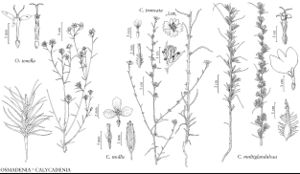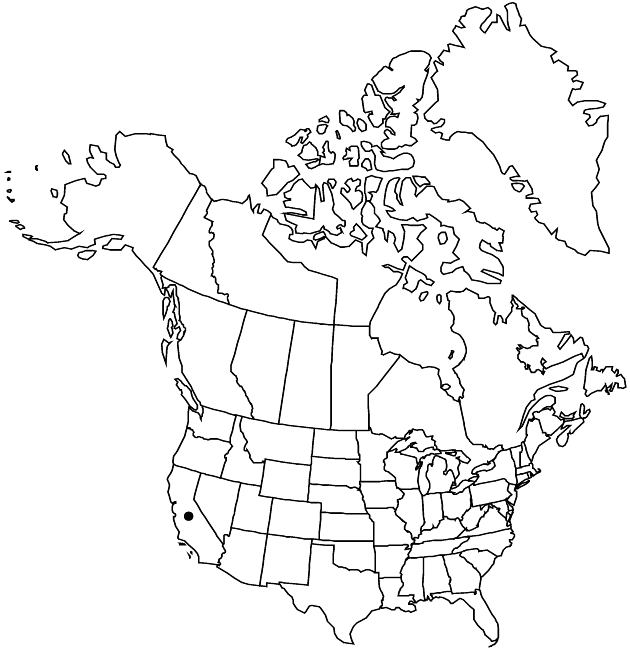Difference between revisions of "Calycadenia mollis"
Proc. Amer. Acad. Arts 7: 360. 1868.
FNA>Volume Importer |
FNA>Volume Importer |
||
| Line 50: | Line 50: | ||
|publication year=1868 | |publication year=1868 | ||
|special status= | |special status= | ||
| − | |source xml=https://jpend@bitbucket.org/aafc-mbb/fna-data-curation.git/src/ | + | |source xml=https://jpend@bitbucket.org/aafc-mbb/fna-data-curation.git/src/f6b125a955440c0872999024f038d74684f65921/coarse_grained_fna_xml/V19-20-21/V21_664.xml |
|tribe=Asteraceae tribe Heliantheae | |tribe=Asteraceae tribe Heliantheae | ||
|subtribe=Asteraceae (tribe Heliantheae) subtribe Madiinae | |subtribe=Asteraceae (tribe Heliantheae) subtribe Madiinae | ||
Revision as of 19:49, 24 September 2019
Plants 30–90 cm; self-incompatible. Stems usually simple, often zigzag-curved, ± hirsute, long-soft-hairy, ± glandular. Leaves mostly alternate, 2–8 cm (often longest at midstems), hirsute, ± long-hairy, ± glandular. Heads usually (3–10+) in dense, cymiform arrays. Peduncular bracts oblanceolate, 3–9 mm (flat, flexible, margins thickened or rolled, hirsute to hispid, usually bristly, especially margins, ± glandular), apices rounded, tack-glands usually 3–6+, confined to margins. Phyllaries 4–6 mm, abaxial faces spreading-hairy (hairs mixed, short, slender hairs and longer bristles), densely glandular, tack-glands usually 0. Paleae 4–6 mm (tack glands usually 0). Ray florets 1–4; corollas yellow, white, or rose, tubes ca. 2 mm (papillate, throats often with red “eyes”), laminae 5–6 mm (central lobes slightly narrower than laterals, nearly symmetric, widest beyond middles, sinuses usually 3/4+ laminae). Disc florets 2–10; corollas yellow to white or rose, ca. 5 mm. Ray cypselae ca. 2.5 mm, usually rough-wrinkled, glabrous or glabrate. Disc cypselae ca. 2.5 mm, ± appressed-hairy; pappi 6–8 usually lanceolate-aristate (often 1–3 shorter, blunt) scales 2–5 mm. 2n = 14.
Phenology: Flowering spring–summer.
Habitat: Open, dry meadows, fields
Elevation: 100–1500 m
Discussion
Calycadenia mollis grows in the Sierra Nevada foothills from Tuolumne County to Tulare County.
Selected References
None.

